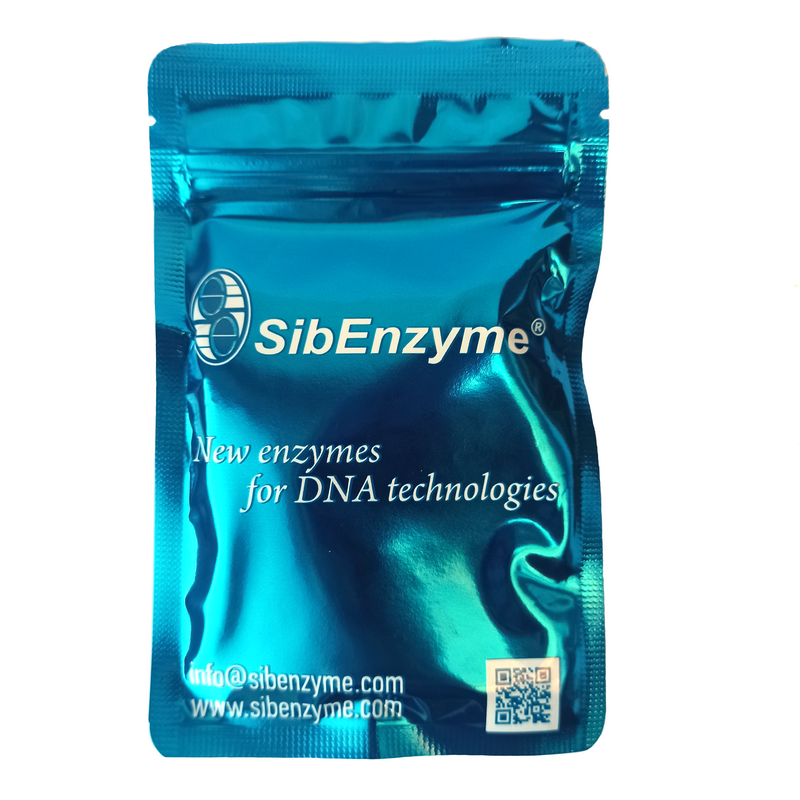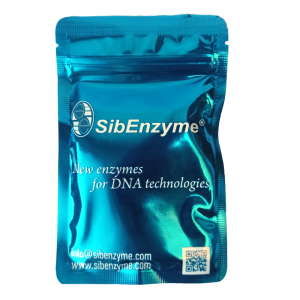Description
Recognition site and hydrolysis position:
| GAAGAC(N)2 | GAAGAC(N)2↑ |
| CTTCTG(N)6 | CTTCTG(N)6↓ |
Source: Bacillus stearothermophilus V2
Unit definition:
One unit of the enzyme is the amount required to hydrolyze 1 μg of Lambda DNA in 1 hour at 55°C in a total reaction volume of 50 μl.
Assayed on:
Lambda DNA
Optimal SE-buffer: SE-buffer Y
Enzyme activity (%):
| B | G | O | W | Y | ROSE |
| 75 | 75 | 25 | 25 | 100 | 70 |
Storage conditions: 10 mM Tris-HCl (pH 7.5); 50 mM KCl; 0.1 mM EDTA; 200 μg/ml BSA; 7 mM 2-mercaptoethanol; 50% glycerol. Store at -20°C.
Ligations:
After 5-fold overdigestion with enzyme more than 90% of the DNA fragments can be ligated and recut.
Non-specific hydrolisis:
No nonspecific activity was detected after incubation of 1 μg of Lambda DNA with 5 u.a. of enzyme for 16 hours at 55°C.
Reagents Supplied with Enzyme:
Methylation sensitivity: not tested
Notes: High enzyme concentration may result in star activity.
To obtain 100% activity, BSA should be added to the 1 x reaction mix to a final concentration of 100 μg/ml.
Do not use BSA for long incubation.
References:
Sinichkina, S.A., Dedkov, V.S., Degtyarev, S.K. Unpublished observations (2000).
V.A. Chernukhin, M.A. Abdurashitov, V.N. Tomilov, D.A. Gonchar, S.Kh. Degtyarev Comparative restriction enzymes analysis of rat chromosomal DNA in vitro and in silico // Translated from “Ovchinnikov bulletin of biotechnology and physical and chemical biology” V.2, No 3, pp 39-46, 2006



